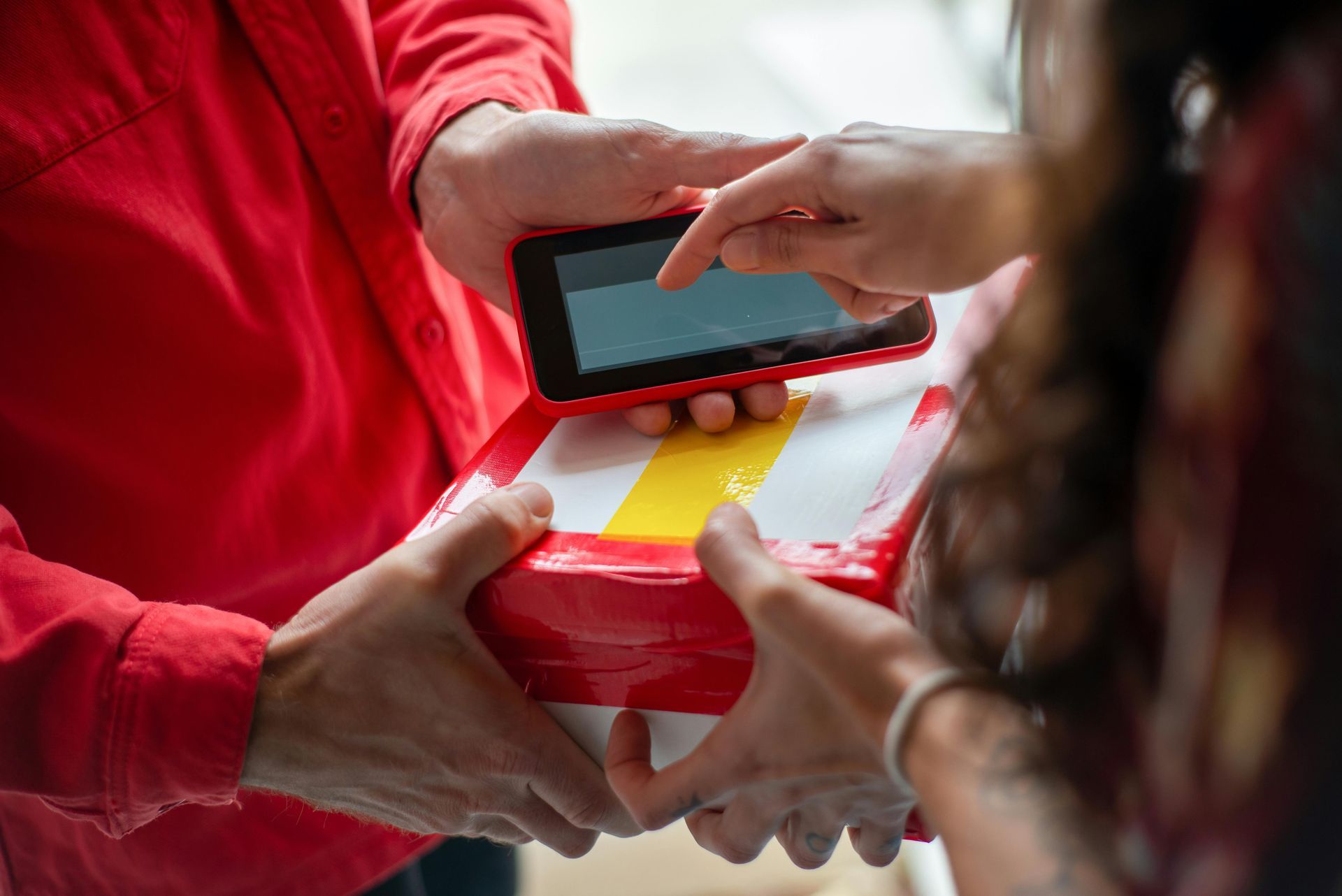
By Mailrun Courier • October 1, 2025
The Meaning Behind “Chance of Rain”

When the weather forecast says there is a chance of rain, meteorologists are referring to the Probability of Precipitation (PoP). This is a mathematical estimate of the likelihood that measurable rainfall (at least 0.01 inches) will occur at a specific location during a set time frame. The formula is: PoP = (Confidence) x (Coverage)
- Confidence = How sure the forecaster is that precipitation will happen.
- Coverage = How much of the forecast area is expected to receive rain if it occurs.
Example: A 40% Chance of Rain
Let’s say the forecast calls for a 40% chance of rain. That could mean:
- The meteorologist is 100% confident it will rain, but only over 40% of the area.
- OR they are 40% confident it will rain everywhere in the forecast area.
- OR a mix of both confidence and coverage factors.
The key takeaway: It does not mean it will rain for 40% of the day or that 40% of your town will be wet.
Why It Matters to You
- Planning outdoor activities: A 20% chance might mean you can risk the picnic, while a 70% chance means you probably need a backup plan.
- Regional differences: In larger forecast areas, the chance of rain may vary widely depending on where you are.
- Seasonal patterns: In summer, quick pop-up thunderstorms can create short but intense rainfall, while in winter, a chance of rain might mean hours of steady drizzle.
Final Thoughts
When you hear “a chance of rain,” think of it as the likelihood that you, in your location, will see measurable rainfall during the forecast period. It’s about probability and coverage, not the length of time or exact spots.
So next time you check the forecast, you’ll know exactly what that number really means—and whether to grab your umbrella or take your chances.
Create your account online
- Create your account online
- Save our dispatch number in your phone
- Share delivery instructions with your staff
- Schedule your first pickup
Set a schedule or call in an on-demand run
U.S. Mail Delivery
- Outgoing USPS runs
- P.O. Box sweeps
- Scheduled routes
Request: Set a schedule or call in an on-demand run (pickup location, USPS destination, cutoffs, special services).
Exploring how weather, logistics, and technology impact your business.
Sign up to get industry insights, trends, and more in your inbox.
Contact Us
We will get back to you as soon as possible.
Please try again later.
SHARE THIS








